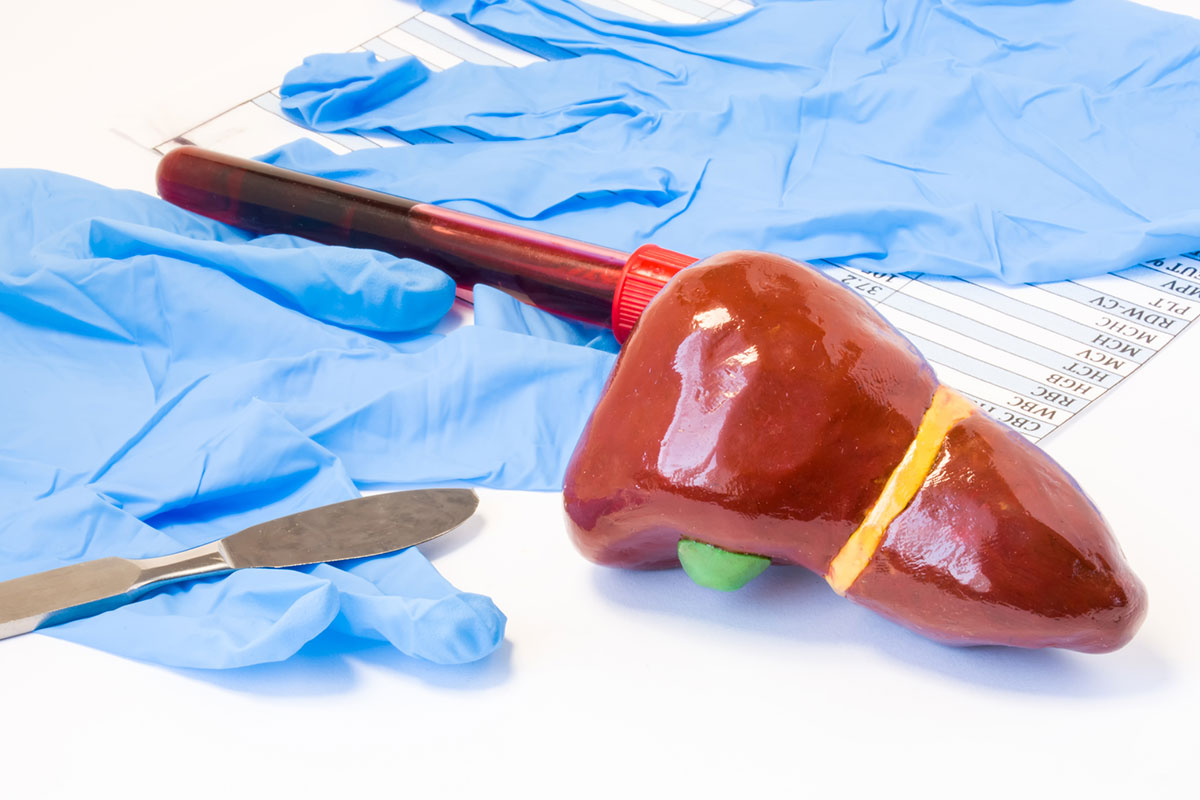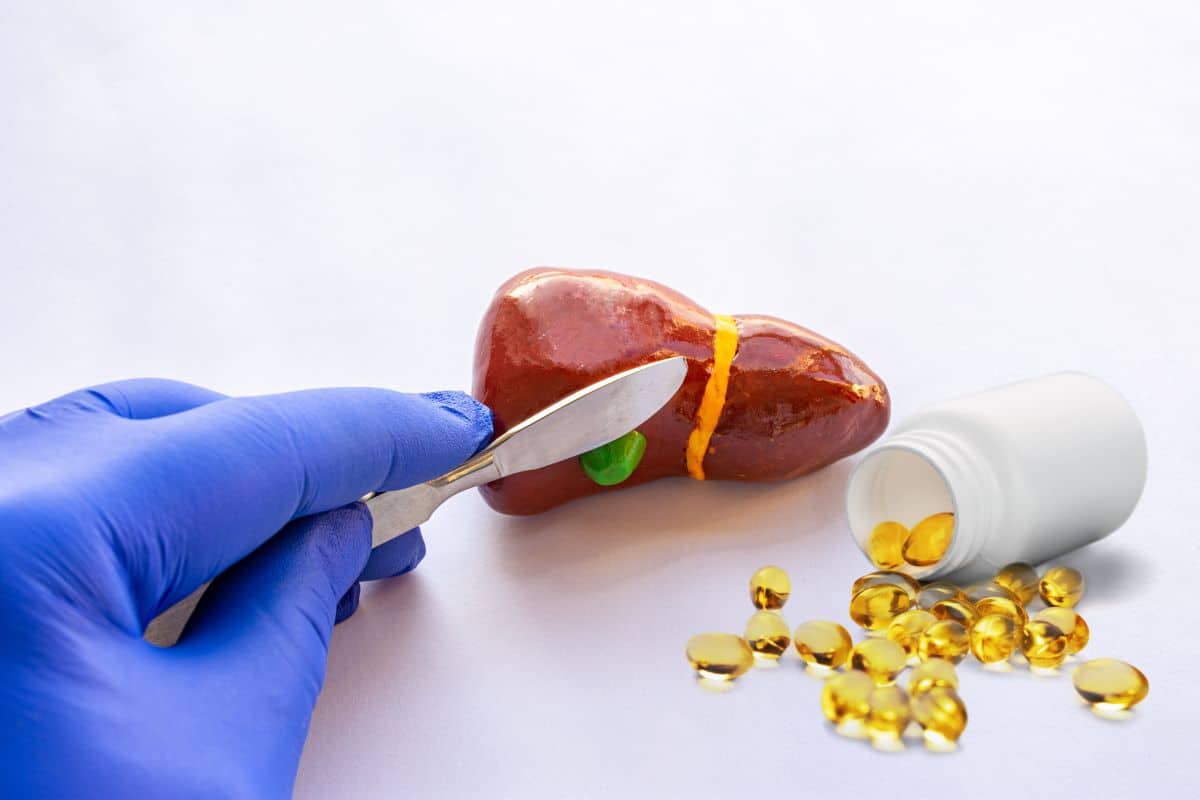Last Updated on October 20, 2025 by
Having liver surgery, like hepatectomy or hepatic resection, can be scary. People worry a lot about the pain after surgery.
Thinking about such a big medical step can be really tough. It’s normal to be curious about how much pain you might feel.

Thanks to new ways to manage pain, recovery is getting better. Our team works hard to give you the best care, whether a doctor removed liver during surgery or you are undergoing another complex treatment. We support patients from all over the world.
Liver surgery covers many procedures aimed at treating liver issues. These surgeries help manage diseases like cancer, cysts, and damaged liver tissue.
We’ll look at the various liver surgeries, their goals, and what recovery entails. Knowing about these procedures helps patients make better treatment choices.
Liver surgery includes key procedures like hepatectomy, hepatic resection, and hepatic cystectomy. Each surgery targets different liver problems.
Hepatectomy and hepatic resection are often confused, but they differ slightly. Both remove liver tissue, but the amount varies.
Hepatic resection removes a liver part. This can be a small segment or a larger area, depending on the patient’s health.
| Type of Surgery | Description | Common Indications |
|---|---|---|
| Hepatectomy | Removal of a liver portion | Liver tumors, damaged liver tissue |
| Hepatic Resection | Removal of liver segment or entire liver | Liver cancer, metastatic disease |
| Hepatic Cystectomy | Removal of liver cysts | Polycystic liver disease, simple cysts |
Hepatic cystectomy removes liver cysts. It’s recommended for patients with painful cysts.
Other procedures include liver transplantation, replacing a diseased liver with a healthy one. The choice depends on the patient’s condition and health.
Knowing about liver surgery types and their goals helps patients prepare for treatment and recovery. Each procedure has its own considerations and outcomes.
Removing the liver during surgery is a complex process. It’s done for serious reasons like liver cancer or damage. Doctors choose this option after careful thought.
Liver removal surgery is needed for several reasons. These include:
Doctors must carefully decide if surgery is the right choice for each patient.
The method used for liver removal depends on the patient’s situation. Surgeons might use:
Each method has its own advantages, chosen based on the patient’s needs.
Getting ready for liver surgery is key to success. This includes:
With careful planning, we can reduce risks and improve outcomes for our patients.
Understanding pain after liver surgery is key to better care. Liver surgery, like hepatectomy, can cause different levels of pain. This is because of the complex processes involved.
Recent research helps us understand what affects pain levels and how patients feel. This includes looking at clinical studies, patient reports, and new pain management methods.
Many studies have looked at pain after hepatectomy. They use pain scoring systems to measure pain levels.
| Study | Sample Size | Median Pain Score |
|---|---|---|
| Smith et al., 2020 | 100 | 4.2/10 |
| Johnson et al., 2019 | 80 | 4.5/10 |
| Williams et al., 2018 | 120 | 4.0/10 |
These studies show that pain after hepatectomy is usually around 4/10. But, everyone’s pain is different.
Patient feedback is vital for understanding liver surgery pain. It helps doctors see if pain care is working well.
Patient stories show the need for personalized pain care. People react differently to pain and treatments.
Many things can change how much pain you feel after liver surgery. These include:
Knowing these factors helps doctors make pain care better. We’ll look at these points more in the next sections. This will give a full view of pain management in liver surgery.
Managing pain well in the first 24-48 hours after liver surgery is key for a smooth recovery. During this time, patients are watched closely in the hospital. This is to catch any problems early and manage their pain well.
The first days after liver surgery are tough due to a lot of pain. This pain comes from the surgery cut and how the body reacts to it. Pain management is a top priority to keep patients comfortable and help them heal.
We use different tools to check how much pain patients are in. Then, we adjust our pain plans to fit each person’s needs. The pain levels can vary, depending on the surgery and the patient’s health.

Hospitals have many ways to reduce pain after liver surgery. These include:
These methods are flexible and tailored to each patient. This ensures they get the right amount of pain relief.
| Pain Management Method | Description | Benefits |
|---|---|---|
| Epidural Anesthesia | Blocks pain signals from the lower spinal segments | Effective pain relief with minimal sedation |
| Multimodal Analgesia | Combines different pain relief medications | Reduces opioid consumption and side effects |
| Patient-Controlled Analgesia (PCA) | Allows patients to self-administer pain relief | Provides immediate pain relief and improves patient satisfaction |
Patient stories give us a glimpse into what it’s like to have liver surgery. Many say the pain was tough at first but good pain care made a big difference in their recovery.
“The pain was manageable thanks to the excellent care I received. The medical team was very attentive to my needs.”
A patient after liver surgery
These accounts show the challenges patients face and why good care is so important after surgery.
Advanced pain management techniques have changed how we care for patients after liver surgery. These new methods make patients more comfortable and help them recover faster and smoother.
Epidural anesthesia is a top choice for managing pain after liver surgery. It sends anesthetic to the epidural space around the spinal cord. This method cuts down on pain without the side effects of oral or IV pain meds.
The benefits of epidural anesthesia include:
Local anesthetic wound infiltration injects anesthetics into the surgical wound for pain relief. It works well with other pain management methods.
Key advantages of local anesthetic wound infiltration include:
Multimodal analgesia combines different pain relief methods for better pain control and fewer side effects. It’s now seen as a top practice for managing pain after surgery.
A multimodal analgesic approach may include:
By mixing these methods, we can give each patient the right pain relief. This makes their recovery better overall.
Recovery after liver surgery has a clear timeline, with pain being a big part. It gets better over time. Knowing this helps patients manage their pain and expectations.
Pain usually lasts about 4.2 days after leaving the hospital. This can change based on the surgery and the patient’s health.
Effective pain management is key during this time. Doctors often give a pain plan. This includes medicine and other ways to reduce pain.
The recovery can be divided into weekly goals:
| Week | Expected Recovery Progress | Pain Level |
|---|---|---|
| 1 | Immediate post-surgery recovery; significant rest required | High |
| 2-3 | Gradual improvement; light activities can be resumed | Moderate |
| 4-6 | Noticeable improvement; most normal activities can be resumed | Mild |
While most see pain lessen in a few weeks, some may not. The surgery’s extent and pain tolerance play a role.
It’s essential for patients to follow up with their healthcare provider to address any concerns about pain or discomfort during the recovery period.
Understanding the pain timeline and recovery expectations helps patients through their journey after liver surgery. Talking to healthcare providers and following pain management plans are important for a smooth recovery.
Enhanced Recovery After Surgery (ERAS) protocols have changed how patients recover from liver surgery. They use a mix of better pain control, early movement, and nutrition. This approach has greatly improved patient results.
The ERAS protocol for liver surgery includes several key parts. These are aimed at reducing stress and complications after surgery. They are:
By using these elements, doctors can make the recovery process better for liver surgery patients.
Research shows ERAS protocols greatly improve recovery rates in liver surgery. They have cut complication rates from 27.6% to 16.3%. Also, hospital stays are shorter, saving healthcare resources.
“The implementation of ERAS protocols represents a significant advancement in the care of patients undergoing liver surgery, improving outcomes and speeding up recovery.”
ERAS protocols are great for reducing post-operative complications. They help by lowering surgical stress and improving patient care. This leads to fewer complications, making recovery better for patients.
Key benefits of ERAS protocols include:
As we keep improving and using ERAS protocols, we’ll see even better care for liver surgery patients.
The human liver can regrow itself after damage or surgery. This amazing ability is key for healing after liver surgery. It gives hope and reassurance to those going through it.

Liver regeneration is a complex process. It involves many cell types, growth factors, and signals. When the liver is hurt or part of it is removed, the rest can grow back. This is because liver cells can quickly divide and grow.
Studies show that many molecular signals help the liver grow back. These include growth factors, cytokines, and hormones. They make sure the liver grows back in a controlled way.
The time it takes for the liver to regrow varies. It depends on the injury, the patient’s health, and any liver diseases. Usually, the liver can regrow a lot in a few weeks to months after surgery.
Research says the liver can grow back up to 80% in six months after a big surgery. But, how fast it regrows can change based on age, nutrition, and liver health.
The liver can regrow, but how much depends on many things. If a big part of the liver is removed, the rest can often grow back. But, the new liver might not be exactly the same size or shape.
The quality of the new liver tissue also matters. It depends on the patient’s health and any liver diseases. In short, the liver can regrow, but it’s not always the same.
In conclusion, the liver’s ability to regrow is very important for healing after surgery. Knowing how it regenerates helps both patients and doctors.
Surgery has changed a lot, making it less painful. New tech and ways of doing surgery have made patients feel better and recover faster.
Minimally invasive liver surgery is a big step forward. It uses smaller cuts, less damage, and less pain after surgery. Minimally invasive techniques help a lot with liver surgeries.
Surgeons use new tools and methods for precise work. This means less pain right after surgery and fewer complications. It also helps patients heal faster.
Laparoscopic surgery is a type of minimally invasive surgery. It uses small cuts for a camera and tools. It’s known for less rik of complications and less pain after surgery.
Research shows laparoscopic liver surgery patients have less pain and stay in the hospital less. But, it depends on the patient’s condition and the liver disease.
Robotic-assisted liver surgery is another advanced method. It offers better precision and control. This can lead to better outcomes for patients.
Robotic surgery means less blood loss, less pain, and quicker recovery. As tech gets better, we’ll see more uses of robotic surgery, improving care for patients.
Liver surgery, like hepatic cystectomy, can seem scary. Knowing about the different surgeries, pain relief, and recovery can ease worries. Patients face different levels of pain, managed with TAP nerve blocks and other methods.
The surgery time varies from two to six hours, affecting pain and recovery. Less invasive surgeries might cause less pain. Patients usually stay in the hospital for up to a week, with effective pain management. For more on liver resection, .
The liver can grow back after surgery, which is good news. Knowing this can help patients feel more hopeful and prepared for their surgery.
Yes, the liver can heal itself after surgery. This includes procedures like hepatectomy or hepatic resection.
Often, the liver can return to its original size. But, how fast and fully it regenerates depends on many factors and the surgery’s extent.
Hepatectomy means removing part of the liver. Hepatic resection is a broader term for various liver surgeries, including removing a segment or the whole liver.
Liver regeneration can take weeks to months. Most people see big improvements in 3-6 months.
ERAS protocols help lower complication rates and shorten hospital stays. They also improve recovery for liver surgery patients.
Pain management includes epidural anesthesia, local anesthetic, and various pain medicines. This helps reduce pain and aids in recovery.
Minimally invasive surgery, like laparoscopic or robotic-assisted, reduces pain and speeds up recovery. It also leads to less scarring.
Yes, robotic-assisted techniques are used for liver surgery. They offer better precision, flexibility, and visualization, leading to better outcomes and quicker recovery.
Hepatic cystectomy removes liver cysts, which is different from other surgeries like hepatectomy or hepatic resection. Those involve removing liver tissue or tumors.
Subscribe to our e-newsletter to stay informed about the latest innovations in the world of health and exclusive offers!